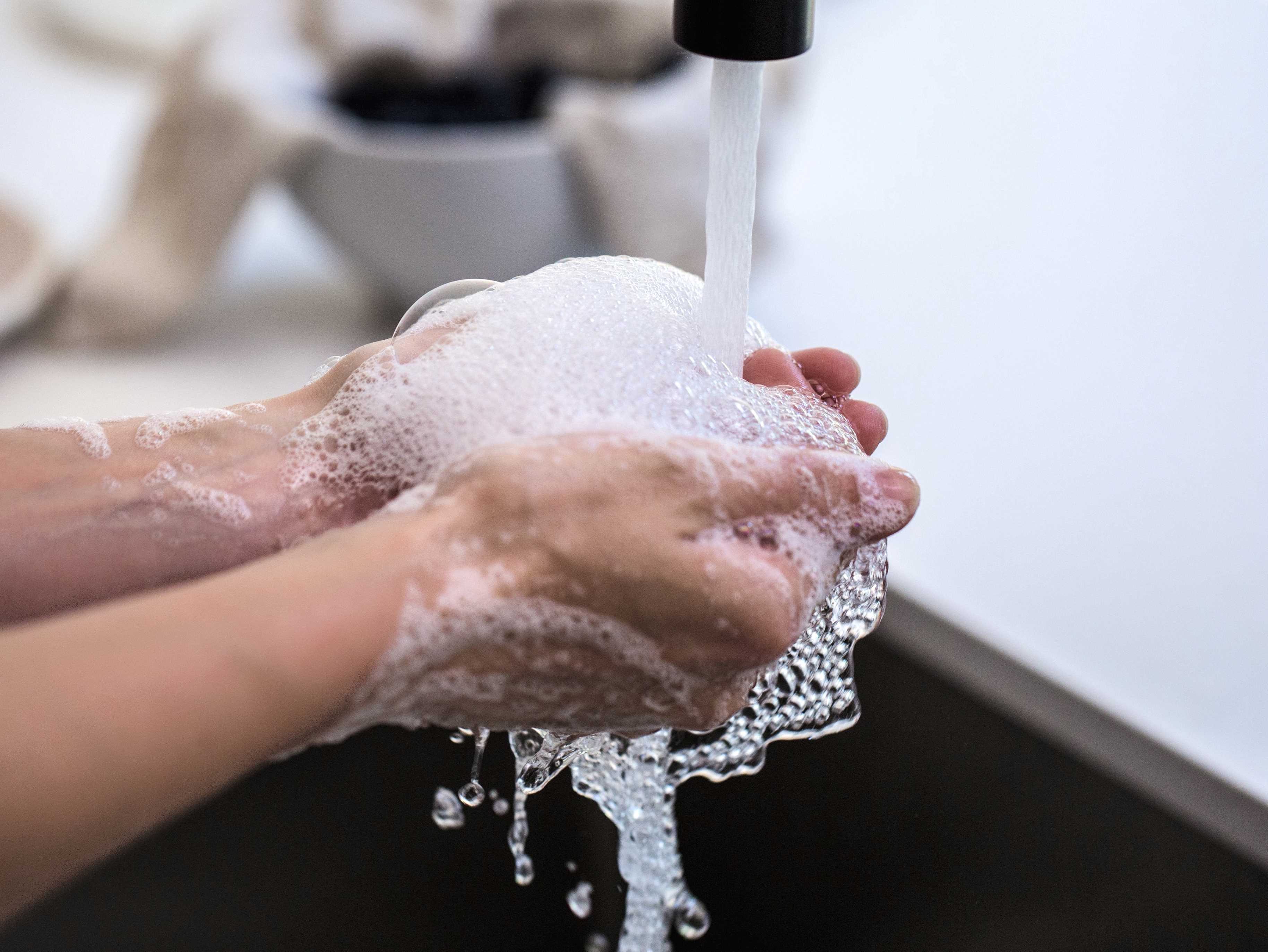1,4-Dioxane Content for Cosmetic Products
1,4-Dioxane is one of the common impurities in cosmetic products which has been identified as a hazardous substance. This test determines the 1,4-dioxane content in cosmetic products.
Whats is 1,4-dioxane?
1,4-dioxane is sometimes found at a low level as an impurity in cosmetic products. Very often, It is not intentionally used as an ingredient in cosmetic products, but may inadvertently be present due to the manufacturing process of some ingredients.
During the production of those ingredients through ethoxylation chemical process, 1,4-dioxane may be produced as a by-product. These ingredients are known as Sodium Laureth Sulfate, Polyethylene, Polyethylene glycol, 'PEG-' substances, '-oxynol-' substances, etc.
Why do I need to test this?
1,4-dioxane has been identified as a hazardous substance. Hence, many regulatory bodies established guidelines or requirements to restrict its presence in cosmetic products.
What are the cosmetic 1,4-dioxane limits from different countries?
|
Markets |
1,4-Dioxane guideline / regulatory limit in cosmetic product |
|
EU |
Annex II of EC No. 1223/2009 Cosmetic Regulation: Prohibited as intentionally added substance. SCCS/1570/15 scientific opinion: ≤10ppm (acceptable trace level) |
|
US |
New York Bills A6295A and S4389B:
‘Personal care product’ means, any product intended for cleaning or cleansing any part of the body, such as the skin and hair, and including but not limited to, hair shampoo, hair conditioner, soap, bath gels and other bath products. ‘Cosmetic product’ means, any article (a) intended to be rubbed, sprinkled, or sprayed on, introduced into, or otherwise, applied to the human body or any part thereof for beautifying, promoting attractiveness, or altering the appearance, and (b) intended for use as a component of any such article. |
|
Canada |
Health Canada Hotlist 2024: Prohibited |
|
ASEAN |
Annex II of ASEAN Cosmetic Directive: Prohibited as intentionally added substance ASEAN Guidelines on Limits of Contaminants for Cosmetics: not more than 10ppm as trace impurities |
|
HK |
With reference to Part 2 (Table 1) of China Safety and Technical Standards for Cosmetics: prohibited as intentionally added substance. With reference to Chapter 1 (Table 2 Tolerance Limited of Harmful Elements in Cosmetic Products) of China Safety and Technical Standards for Cosmetics: Shall not exceed 30 mg/kg in finished cosmetic product |
How is the test conducted?
The test is conducted by in-house method using headspace GC-MS.
How long will the test take?
It takes 10-14 working days for a regular service.
How much sample should be submitted for the test?
Please submit a minimum of 20g or 20mL per product for one test.








